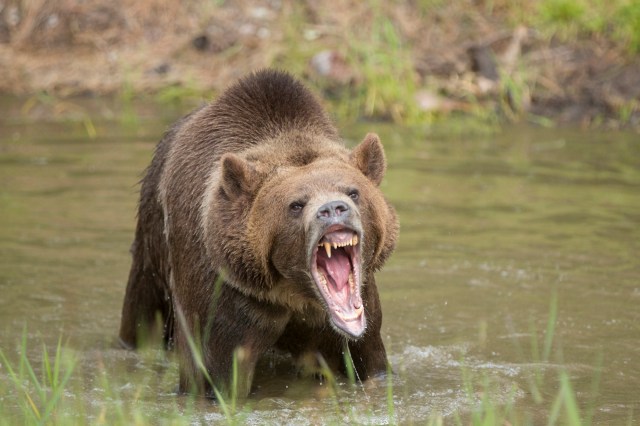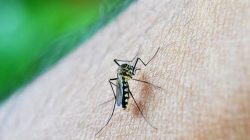Rising Conflicts Between Humans and Wildlife
As more people choose to live near natural habitats, the frequency of interactions between humans and wildlife is increasing. These encounters often lead to tough decisions that can have lasting consequences for both communities and animals.
Last month, in Idaho, wildlife officials made a difficult choice when they decided to euthanize a grizzly bear after it exhibited concerning behavior. The bear was repeatedly seen seeking out human food in a residential area, which raised serious safety concerns. According to local reports, the animal had become increasingly comfortable around people and showed no fear of approaching homes and vehicles.
The Bear’s Behavior and the Response
The bear was first spotted in the Pinehaven area of Island Park. It was captured on doorbell cameras rummaging through trash, pressing against buildings, and even breaking into vehicles in search of food. This behavior indicated a clear shift from its natural instincts, as it began to associate humans with food sources.
Idaho Fish and Game, in collaboration with the U.S. Fish and Wildlife Service, evaluated the situation and concluded that the bear had lost its natural wariness of people. Officials stated that due to the bear’s consistent pursuit of unnatural food and its habituation to residential areas, it was necessary to take action to ensure human safety.
Why This Incident Matters
This event highlights a growing issue: when wild animals start associating neighborhoods with food, the risks of dangerous encounters increase significantly. Bears that lose their fear of humans tend to return to populated areas, creating a cycle of conflict that can be difficult to break.
Wildlife officials warn that these conflicts not only endanger the animals but also pose risks to residents. As bears continue to enter residential zones, the likelihood of dangerous interactions rises, putting pressure on local resources such as law enforcement and wildlife management agencies.
Balancing Conservation and Safety
While conservation efforts typically focus on protecting ecosystems, managing attractants like garbage, pet food, and fruit trees is just as important. These steps are crucial for ensuring the safety of both people and wildlife. By taking preventive measures, communities can reduce the need for lethal actions and create a safer environment for coexistence with nearby wildlife.
Preventive Measures and Community Involvement
Wildlife officials emphasize that preventing such incidents starts at home. Residents are encouraged to store garbage in locked sheds or garages and only place bins out on collection day. Using bear-resistant containers is also recommended to minimize the risk of attracting wildlife.
Other simple yet effective steps include removing bird feeders during bear season, keeping pet food indoors, and securing fruit trees and beehives with electric fencing. These actions help prevent future conflicts and reduce the chances of dangerous encounters.
Staying Informed and Taking Action
It is essential for individuals to stay informed about local wildlife trends and take proactive steps to protect both themselves and the environment. Whether it’s reducing waste, supporting conservation efforts, or simply being mindful of how we interact with nature, every action contributes to a safer and more sustainable future.
By working together, communities can find ways to coexist with wildlife without resorting to extreme measures. Awareness, education, and responsible behavior are key to maintaining harmony between humans and the natural world.







